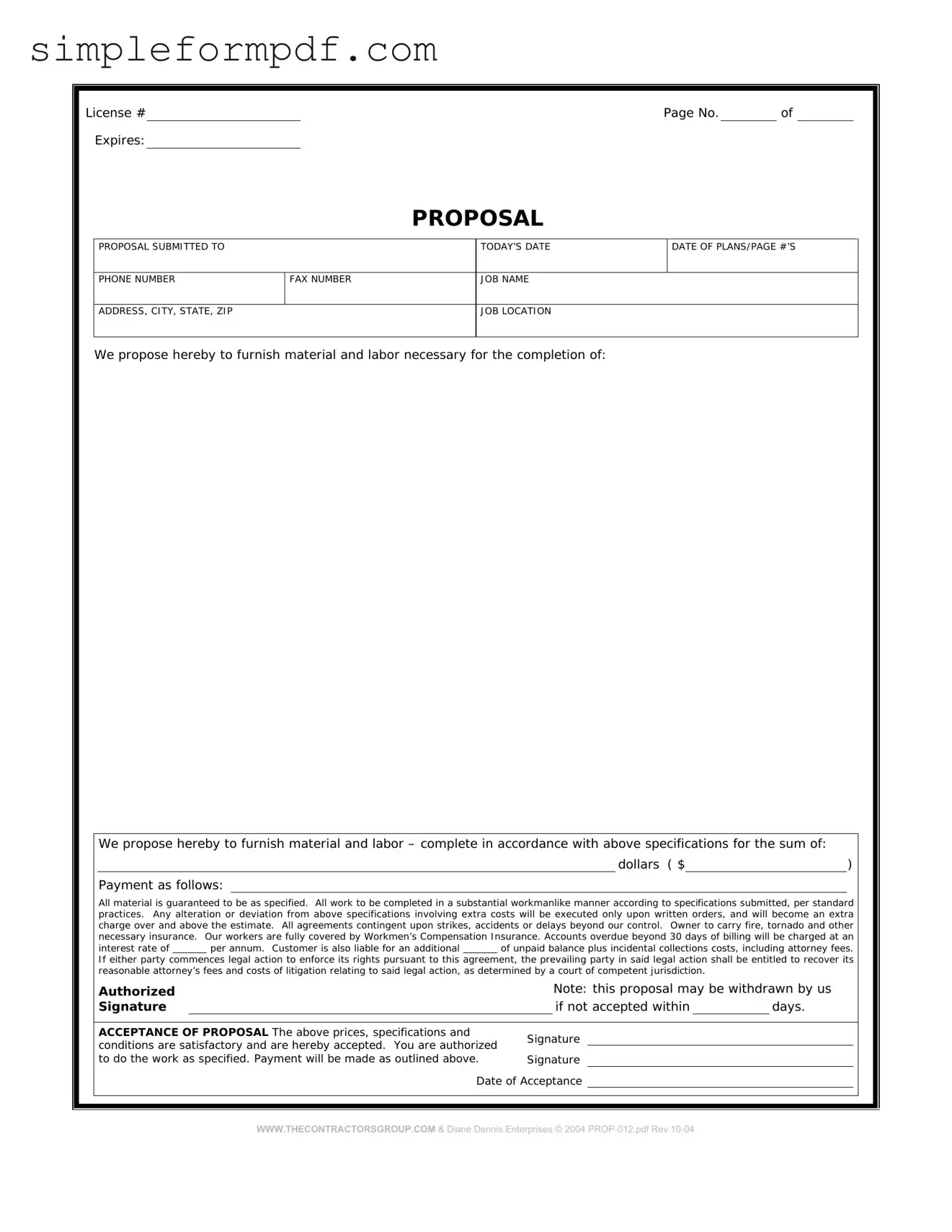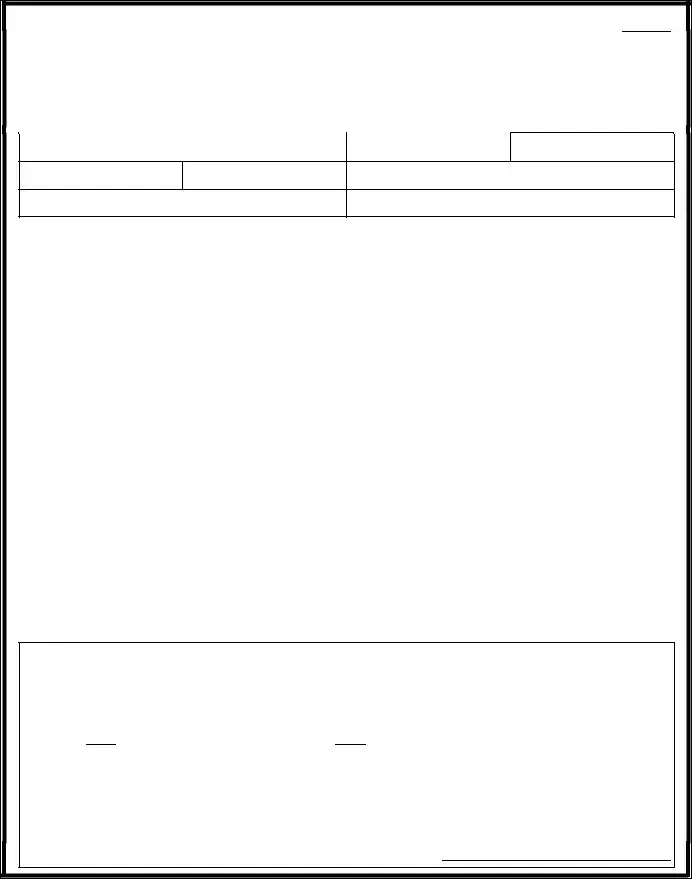Construction proposal form PDF Form
The Construction Proposal Form is a crucial document used in the construction industry to outline project details, costs, and timelines. This form serves as a formal proposal from contractors to clients, ensuring that all parties are on the same page before work begins. If you're ready to take the next step in your construction project, fill out the form by clicking the button below.
Launch Editor

